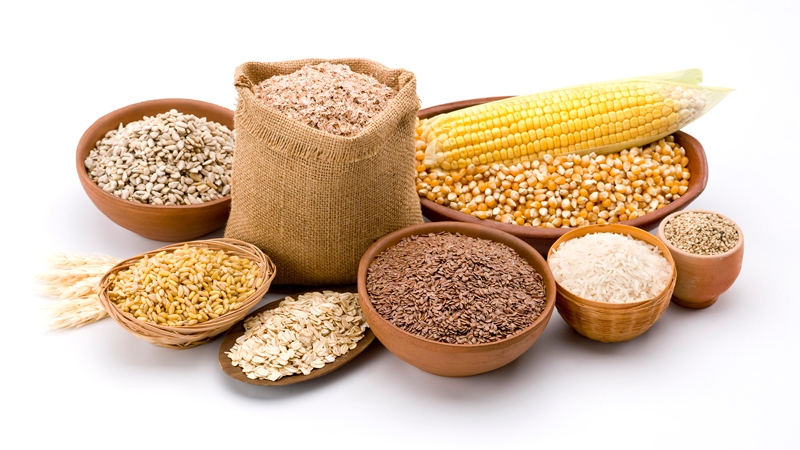BMI’s have long been used as an indicator of healthy weight and nutritional health. The BMI is derived from a simple math formula devised in the 1830s by Belgian astronomer, mathematician, statistician and sociologist – Lambert Adolphe Jacques Quetelet. It aims to estimate whether a person has healthy weight by dividing their weight in kilograms (kg) by their height in meters squared.
However, the issue of their effectiveness and accuracy has long since been in question, especially as it is not uncommon to see big bones and who are muscled with little fat content measuring high on the weight scales.
Hope Ricciotti M.D of the Harvard Women’s Health Watch said: “BMI is not a perfect measure because it does not directly assess body fat. Muscle and bone are denser than fat, so BMI can overestimate body fat in athletes with high bone density and muscle mass or underestimate it in older people who have low bone density and muscle mass. Because direct measurements of body fat require special equipment and are expensive, BMI is considered a reasonable alternative for identifying people who are overweight or obese, placing them at higher risk for medical conditions such as diabetes, high blood pressure, high cholesterol, heart disease, stroke, sleep apnea, and certain cancers.”
Data from University of Pennsylvania shows that BMI also doesn’t tease apart different types of fat, each of which can have different metabolic effects on health.
There is however, a healthy alternative to the BMI which is the Body Volume Indicator (BVI). A team of Mayo Clinic researchers are behind the tool which is a ratio comparing your total body volume with the volume of your abdomen, a measurement that can be taken manually or using an app. A study on belly fat presented at the European Society of Cardiology Congress confirmed that visceral fat – the type that around the internal organs – are in fact, very dangerous to the health. This information, i.e waist/belly fat is one that the BMI does not factor into its calculation.
Besides even BVIs though, there are other tests which are more reliable than the BMI in judging weight related disease risks. These include the ‘Waist to Hip Ratio Calculator’ http://www.healthcalculators.org/calculators/waist_hip.asp, the manual waist circumference test, and body fat calipers.
So while BMIs are a reasonable way of checking healthy weight, awareness and usage of other existing measures is also important.



